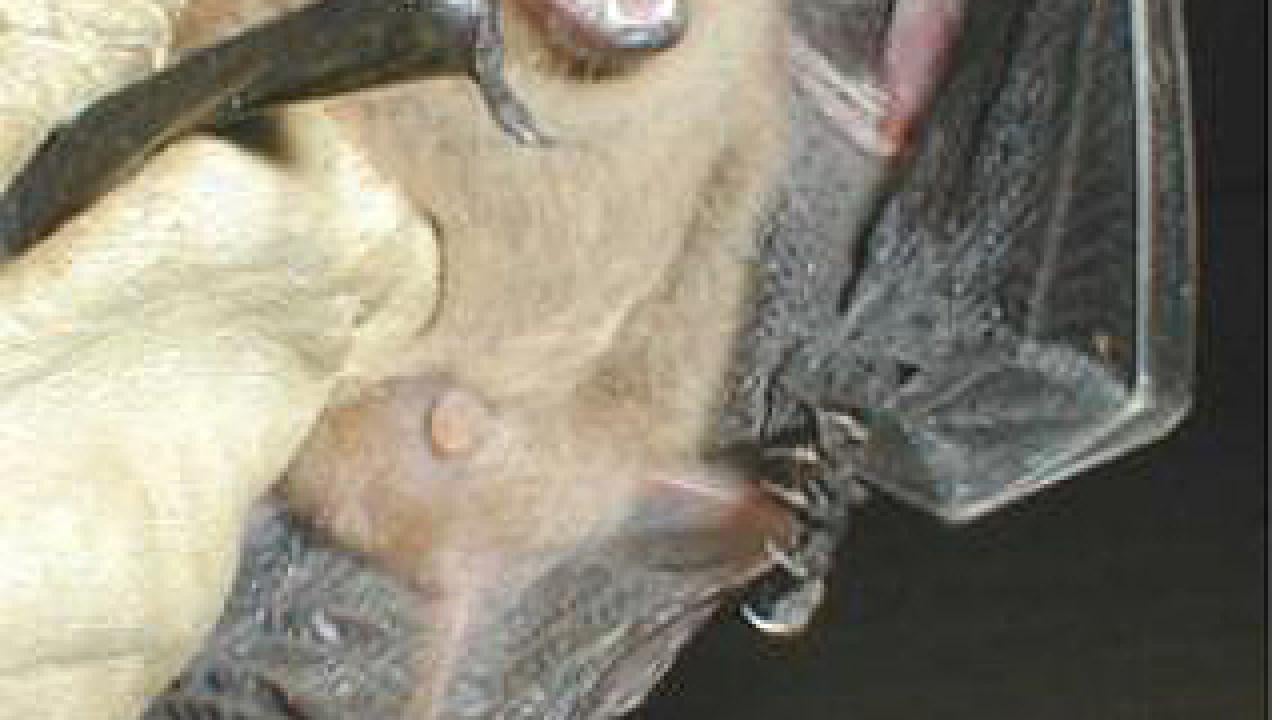From bats and zombies to candy and pumpkins, UC Davis has experts who can comment on a variety of Halloween-related traditions and issues:
Halloween decorations
Dolph Gotelli, professor emeritus of design at UC Davis, can talk about the history and traditions of Halloween decorations. Gotelli is founding director of the UC Davis Design Museum, for which he once designed an exhibit: “Design for Fright: Halloween in the American Home.” He has worked as guest curator and exhibition designer for museums and galleries across the country, including the American Craft Museum in New York, the Craft and Folk Art Museum in Los Angeles and The Crocker Art Museum in Sacramento. Contact: Dolph Gotelli, professor emeritus of design, degotelli@ucdavis.edu, (916) 205-7997.
Zombies
Sarah Juliet Lauro, a professor of English at UC Davis, investigates the zombie as it appears in folklore, cinematic history and literature. She is editor of the book “Better off Dead: The Evolution of the Zombie as Post-Human,” published last year. Contact: Sarah Juliet Lauro, English, slauro@ucdavis.edu, (530) 304-9845.
Bats and bugs
Lumped in with witches, black cats, mummies and other Halloween characters, the mild-mannered, bug-eating bat has for too long been maligned, says pest-management expert Rachael Freeman Long, a UC Cooperative Extension adviser in Yolo County. Long notes that bats help control pests by feeding on night-flying insects, including such serious agricultural pests as codling moths, cucumber beetles and stink bugs. She notes that bats often consume their body weight in insects in a single night of foraging and are thought to also help scare away many other insects with their echolocation calls. She advises that efforts should be made to protect existing bat colonies in the agriculturally rich Central Valley and attract more bats to farms. Contact: Rachael Long, UC Cooperative Extension, (530) 666-8734, rflong@ucanr.edu.
Vampire power: scary all year-round
Everyone knows you use wooden stakes and garlic to kill the usual vampires, but how do you defeat energy vampires? Available to discuss “vampire power” are energy efficiency experts Anthony Eggert, director of the UC Davis Policy Institute for Energy, Environment and the Economy; and Alan Meier, a UC Davis visiting scientist from Lawrence Berkeley National Laboratory. Vampire power is the power used by your electronics -- television, DVR, cellphone charger, etc. -- when they are turned off or not performing their primary functions. Today, vampire power accounts for about 5 percent of household electricity consumption and nearly 10 percent in California homes. Eggert and Meier can discuss energy-saving opportunities to reduce vampire loads, and technological innovations that could influence future energy use and guide state standards and energy policy. Contact: Anthony Eggert, (530) 752-1083, areggert@ucdavis.edu; Alan Meier, akmeier@ucdavis.edu
Curb, don’t ban, Halloween candy
Liz Applegate, director of sports nutrition at UC Davis, advises parents to moderate, but not forbid, candy at Halloween. She suggests that adults discuss with kids before Halloween arrives the amount of treats that are reasonable to collect and eat -- and consider freezing some for later. She also suggests making ghoulish-but-healthy goodies and incorporating active games into the festivities. Contact: Liz Applegate, (530) 752-6682, eaapplegate@ucdavis.edu (e-mail is preferred).
Pumpkin science
At UC Davis, pumpkins are not just for Halloween decorations and holiday pies -- they are year-round research tools. William Lucas, professor in the Department of Plant Biology, uses pumpkins and their relatives to study how the different parts of a plant communicate with each other. Pumpkins are ideal subjects because of the large amounts of sap that can be collected from them, he says. This sap contains the proteins, nucleic acids and other molecules that carry signals between leaves, roots and shoots. Among other achievements, Lucas’ team identified “florigen,” the signal that tells plants when to flower as the seasons change, and has collaborated on the sequencing of the cucumber and watermelon genomes. More information and video. Contact: William Lucas, Plant Biology, (530) 752-1093, wjlucas@ucdavis.edu. (Note: Lucas will be available after Oct. 26.)
Media Resources
Karen Nikos-Rose, Research news (emphasis: arts, humanities and social sciences), 530-219-5472, kmnikos@ucdavis.edu
Pat Bailey, UC Davis News Service, 530-219-9640, pjbailey@ucdavis.edu
Andy Fell, 530-752-4533, ahfell@ucdavis.edu
